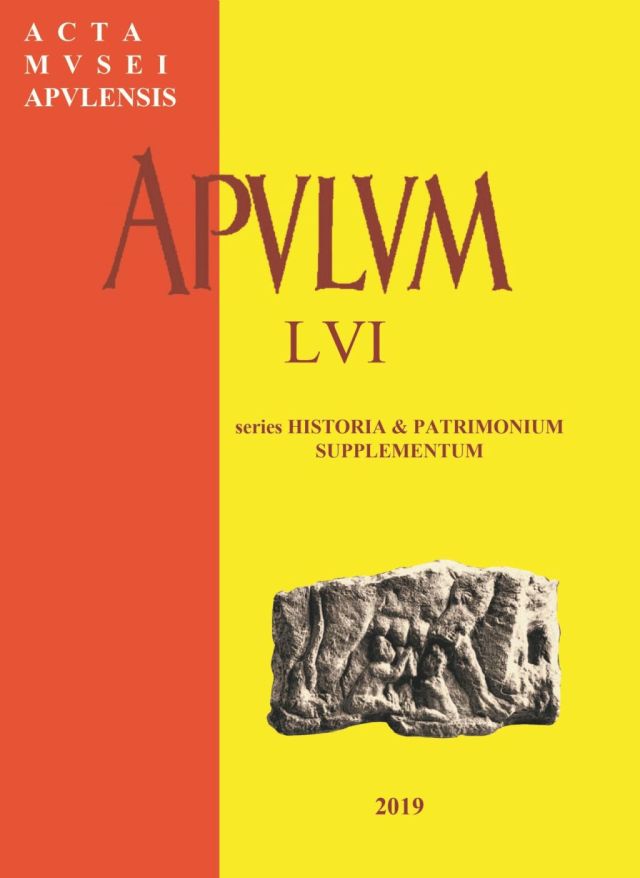Habsburgii și politica lor culturală în Transilvania. Manuale școlare pentru români
The Hapsburgs and their Cultural Policy in Transylvania. The Textbooks for Romanians
The Hapsburgs and their Cultural Policy in Transylvania. The Textbooks for Romanians
Author(s): Eva MârzaSubject(s): History, Cultural history
Published by: Muzeul National al Unirii Alba Iulia
Keywords: textbook; Romanian book; printing house; Transylvania; Hapsburg Monarchy;
Summary/Abstract: The Romanian historiography acknowledges the fact that liturgical books were used as reading books in Romanian schools. The publishing policy of the Hapsburg Monarchy aimed at granting some privileges for printing houses. Within this context, also appearance of the textbooks was dependent on this type of rights obtained both by the printing houses from the territory of Transylvania and others outside it. In the attempt of supporting the Greek-Catholic Church established in the last decade of the XVIIth century, Maria Theresa grants the right of publishing the Romanian books to the Blaj Bishopric, where also the first textbooks in Romanian were printed. The first primer printed here was Bucoavna (Hornbook) appeared in Alba Iulia, in 1699. This small book is not yet connected to the attempts of Vienna of imposing the Catholic denomination in the province. By granting the publishing right to Joseph von Kurzböck from Vienna, the empress responded to the requests of the Orthodox population, the typographer enjoying the privilege of printing books/textbooks for the non-Uniate population. At the same time, by this undertaking, a rivalry grew between Blaj and Vienna to print books for Romanians. Granting other privileges contributed to development, even though not spectacular, of a number of textbooks. The Barth/Bart family from Sibiu specialised in printing hornbooks for the non-Uniate children. After the activity of the printing house from Vienna ended, the empress, during the last year of her life, established the printing house from Buda, where the number of textbooks and science books will gradually increase also following 1830, which we chose as end-limit for our study.Under the influence of the Court from Vienna and the endeavour of introducing the German language in the state institutions and the Church, numerous textbooks were printed bilingual, in German and Romanian, or vice versa. The preferred Romanian textbooks were hornbooks/primers, catechisms, arithmetic, but gradually appeared grammars, dictionaries, reading books, of calligraphy, accompanied by textbooks on Christian moral etc. By the influence of the Court from Vienna, into the culture of the book in Transylvania entered the ideas of European Enlightenment ever more present throughout the XIXth century. Translation of the European literature and appearance of more and more original textbooks in Romanian broadened new intellectual horizons for the Greek-Catholic and non-Uniate students and enriched the Romanian library with more and more useful publications.
Journal: Apulum
- Issue Year: 56/2019
- Issue No: 2
- Page Range: 61-89
- Page Count: 29
- Language: Romanian
- Content File-PDF

